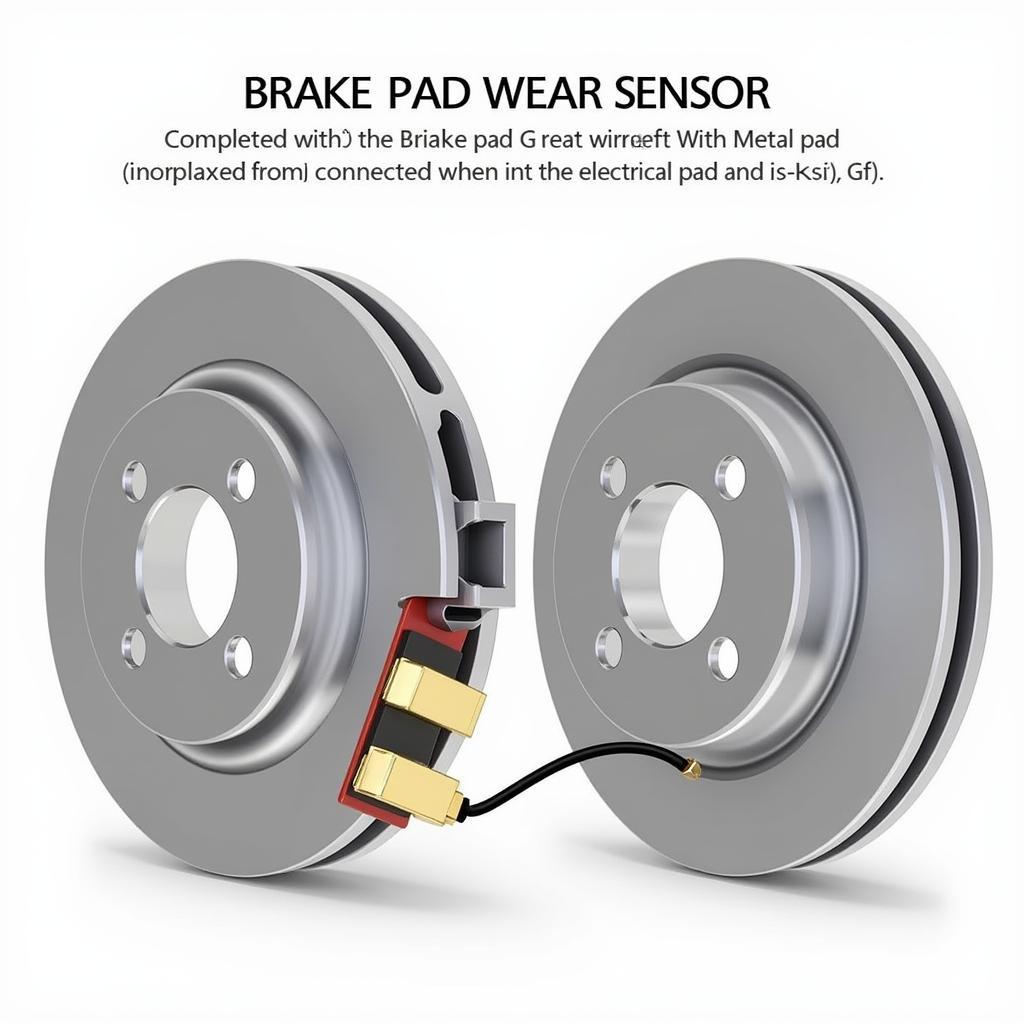AdBlue is a urea-based solution that helps reduce harmful emissions from diesel vehicles, but it can also lead to pesky warnings on your dashboard. These warnings can be frustrating, but you might be wondering if there’s a way to bypass them. In this comprehensive guide, we’ll delve into the world of AdBlue warnings, explore why they appear, and discuss the best strategies for dealing with them.
Understanding AdBlue and Its Importance
AdBlue, also known as DEF (Diesel Exhaust Fluid), is a critical component of modern diesel vehicles’ emissions control systems. It works by injecting a solution into the exhaust stream, reacting with harmful NOx (nitrogen oxides) and converting them into harmless nitrogen and water. This process significantly reduces harmful pollutants emitted from diesel engines, contributing to cleaner air and complying with environmental regulations.
What Triggers the AdBlue Warning?
The AdBlue warning light indicates a potential problem with the system, often triggered by:
- Low AdBlue Level: This is the most common reason. When the AdBlue tank runs low, the warning light illuminates, prompting you to refill the tank.
- AdBlue Quality Issues: Using incorrect AdBlue or contaminated fluid can trigger the warning light.
- Sensor Malfunction: Issues with the AdBlue level sensor or other sensors within the system can lead to inaccurate readings and trigger the warning.
- Defective AdBlue System Components: Faulty injectors, pumps, or other parts can cause problems, triggering the warning light.
Why Do You Need to Address the AdBlue Warning?
Ignoring the AdBlue warning light can have serious consequences:
- Reduced Engine Performance: The engine may enter a “limp mode” to protect itself, limiting your vehicle’s power and performance.
- System Damage: Driving with a low AdBlue level or faulty system can damage the emissions control components.
- Failure to Pass Emissions Testing: Your vehicle may fail emissions inspections if the AdBlue system isn’t functioning properly.
- Increased Fuel Consumption: A malfunctioning AdBlue system can affect fuel efficiency, leading to higher fuel costs.
Methods for Bypassing the AdBlue Warning
While we strongly advise against bypassing the AdBlue system for the reasons mentioned above, some methods are used to temporarily disable the warning or avoid filling the AdBlue tank. These methods should be considered as temporary solutions and may not be legal in all regions.
1. AdBlue Tank Emulation
This involves using a device that tricks the vehicle’s computer into thinking the AdBlue tank is full. This method can temporarily disable the warning light but does not actually address the underlying issue.
“It’s important to note that bypassing the AdBlue system is a temporary solution and may not be legal in all jurisdictions,” says Dr. Emily Roberts, a renowned automotive engineering expert. “It’s crucial to address the underlying cause of the AdBlue warning light rather than simply suppressing it.”
2. AdBlue Sensor Manipulation
Some methods involve tampering with the AdBlue level sensor or using external devices to manipulate the sensor readings. This can temporarily disable the warning light, but it can also be unreliable and potentially damage the sensor or the AdBlue system.
3. Software Modifications
Modifying the vehicle’s software can alter the AdBlue system’s operation, potentially disabling the warning light. However, this is often illegal and can void the vehicle’s warranty.
“Modifying your vehicle’s software to bypass the AdBlue system can have significant consequences, including legal penalties,” warns Mr. John Carter, a certified automotive technician specializing in emissions systems. “It’s essential to seek professional advice and consider the potential risks involved.”
The Best Approach to AdBlue Warnings
The most reliable and responsible approach to dealing with AdBlue warnings is to address the underlying issue:
- Refill the AdBlue Tank: If the warning light is triggered by a low AdBlue level, simply refill the tank with the appropriate AdBlue solution.
- Inspect the AdBlue System: Have a qualified mechanic inspect the AdBlue system for any leaks, blockages, or faulty components.
- Replace Faulty Components: If necessary, replace any damaged or defective AdBlue system parts.
- Consult a Professional: For more complex issues, seek professional advice from a reputable automotive technician specializing in emissions systems.
Frequently Asked Questions
Q: What happens if I ignore the AdBlue warning light?
A: Ignoring the warning light can lead to reduced engine performance, system damage, failure to pass emissions tests, and increased fuel consumption.
Q: Can I use any type of urea solution in my AdBlue tank?
A: No, you should only use certified AdBlue, which meets the required standards for diesel exhaust fluid.
Q: Can I refill the AdBlue tank myself?
A: Yes, most AdBlue tanks have a filler cap accessible under the vehicle. However, it’s important to use the correct type of AdBlue and follow the manufacturer’s instructions.
Q: How often do I need to refill the AdBlue tank?
A: The frequency of AdBlue refills depends on your driving habits and vehicle model. Refer to your owner’s manual for specific guidelines.
Q: Is bypassing the AdBlue warning legal?
A: Laws regarding AdBlue system modifications vary depending on your location. It’s crucial to research local regulations before considering any bypassing methods.
Q: What are the potential long-term effects of bypassing the AdBlue system?
A: Bypassing the system can lead to engine damage, emissions control system failures, and potential legal consequences. It’s best to address the underlying cause of the AdBlue warning rather than attempting to bypass it.
Conclusion
Addressing the AdBlue warning light is crucial for maintaining your vehicle’s performance, complying with environmental regulations, and preventing costly repairs. While temporary solutions exist, the best approach is to diagnose and resolve the underlying issue. If you’re unsure about the cause of the warning or how to resolve it, always seek professional advice from a qualified automotive technician. Remember, a properly functioning AdBlue system contributes to a cleaner environment and a more reliable vehicle.


